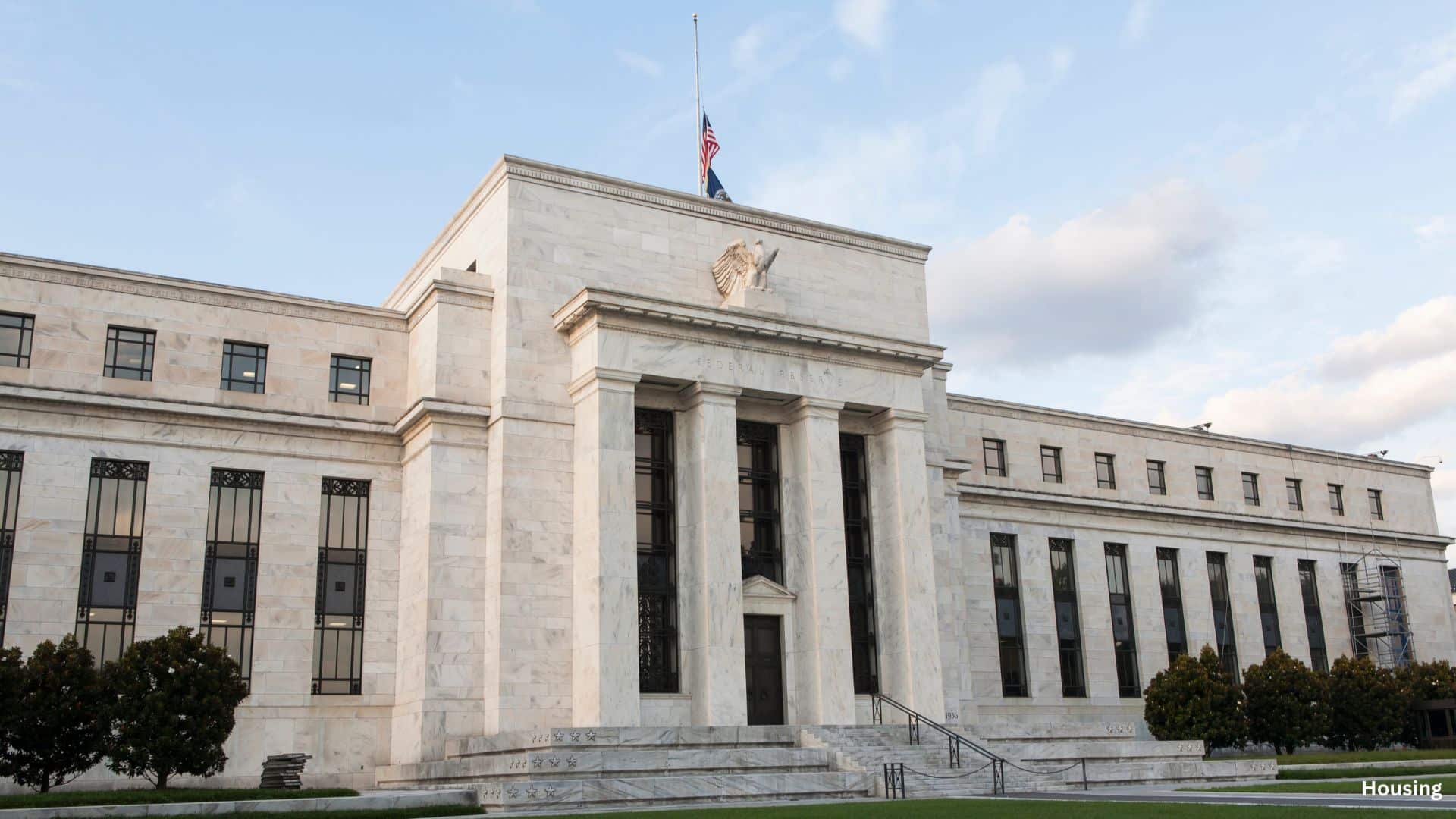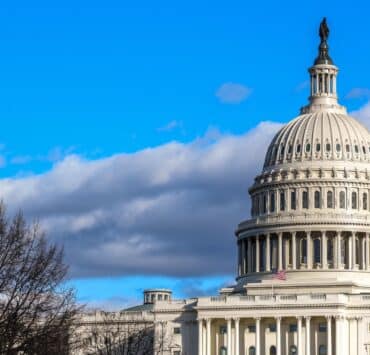The impact of Fed cuts on mortgage rates is a topic of great interest to homebuyers and real estate professionals alike. With the Federal Reserve’s recent rate cuts and more expected in the near future, many are wondering how these changes will affect mortgage rates. Although mortgage rates have already fallen from their highs earlier in the year, further declines may not be as significant as anticipated. Let’s explore the reasons behind this and what to expect in the coming months.

Impact of Fed Cuts on Mortgage Rates
The Federal Reserve influences the economy by adjusting the federal funds rate, which is the overnight lending rate for banks. While this rate directly impacts short-term interest rates, the impact of Fed cuts on mortgage rates is less direct. Mortgage rates are long-term interest rates set by bond markets, and they often anticipate changes in the federal funds rate. For instance, mortgage rates fell from over 7% to around 6.1% in anticipation of the Fed’s rate cut on September 18, 2024, according to a report by Redfin.
However, mortgage rates typically respond to a range of factors, including economic growth, inflation expectations, and the bond market’s long-term outlook. This means that while the Fed’s actions have an effect, mortgage rates don’t necessarily follow them precisely.

Why Mortgage Rates May Not Fall Much Further
Despite the Fed cutting rates and more cuts expected, mortgage rates are unlikely to drop substantially. As noted in the Redfin report, even if the Fed continues to reduce rates by another 200 basis points by the end of 2025, mortgage rates are expected to drop only slightly—likely falling to around 5.7% to 6.0%.
The limited impact of Fed cuts on mortgage rates stems from the fact that most of the Fed’s future cuts have already been priced in by bond markets. Additionally, the gap between mortgage rates and 10-year Treasury yields, known as the mortgage spread, may not narrow significantly due to lingering risk factors like refinancing and market volatility.

The Role of the Yield Curve and Mortgage Spread
Two crucial factors explain why mortgage rates won’t fall as much as Fed rates: the yield curve and the mortgage spread. The yield curve measures the difference between short-term and long-term interest rates. When the curve is inverted, as it has been recently, it signals a higher risk of recession. As the Fed continues to cut rates, the yield curve is expected to normalize, but long-term Treasury yields may still remain higher than short-term rates. This limits the downward movement of mortgage rates.
The mortgage spread is the difference between mortgage rates and Treasury yields. In 2022, this spread widened considerably due to high market volatility and refinancing risks. While the spread has narrowed somewhat as market conditions stabilize, it is not expected to return to pre-2022 levels anytime soon.

What Homebuyers Should Expect
For those looking to purchase a home or refinance, understanding the impact of Fed cuts on mortgage rates is crucial for timing the market. Although mortgage rates have already fallen from their peak, the decline has been modest, and further reductions are likely to be limited. Homebuyers should prepare for mortgage rates to hover between 5.7% and 6.0% over the next year, assuming no major economic disruptions occur.
While the Fed’s actions do influence mortgage rates, the relationship is complex. Bond markets, economic growth forecasts, and risk factors like refinancing all play a significant role in determining where mortgage rates will go. For now, the expectation is that mortgage rates will decline slightly but remain higher than the most optimistic projections.
The impact of Fed cuts on mortgage rates will continue to be a key focus for both economists and homebuyers. While further rate cuts by the Federal Reserve are expected, their effect on mortgage rates will likely be muted. As always, it’s essential for potential homebuyers to stay informed and work with mortgage professionals to navigate the evolving landscape.








